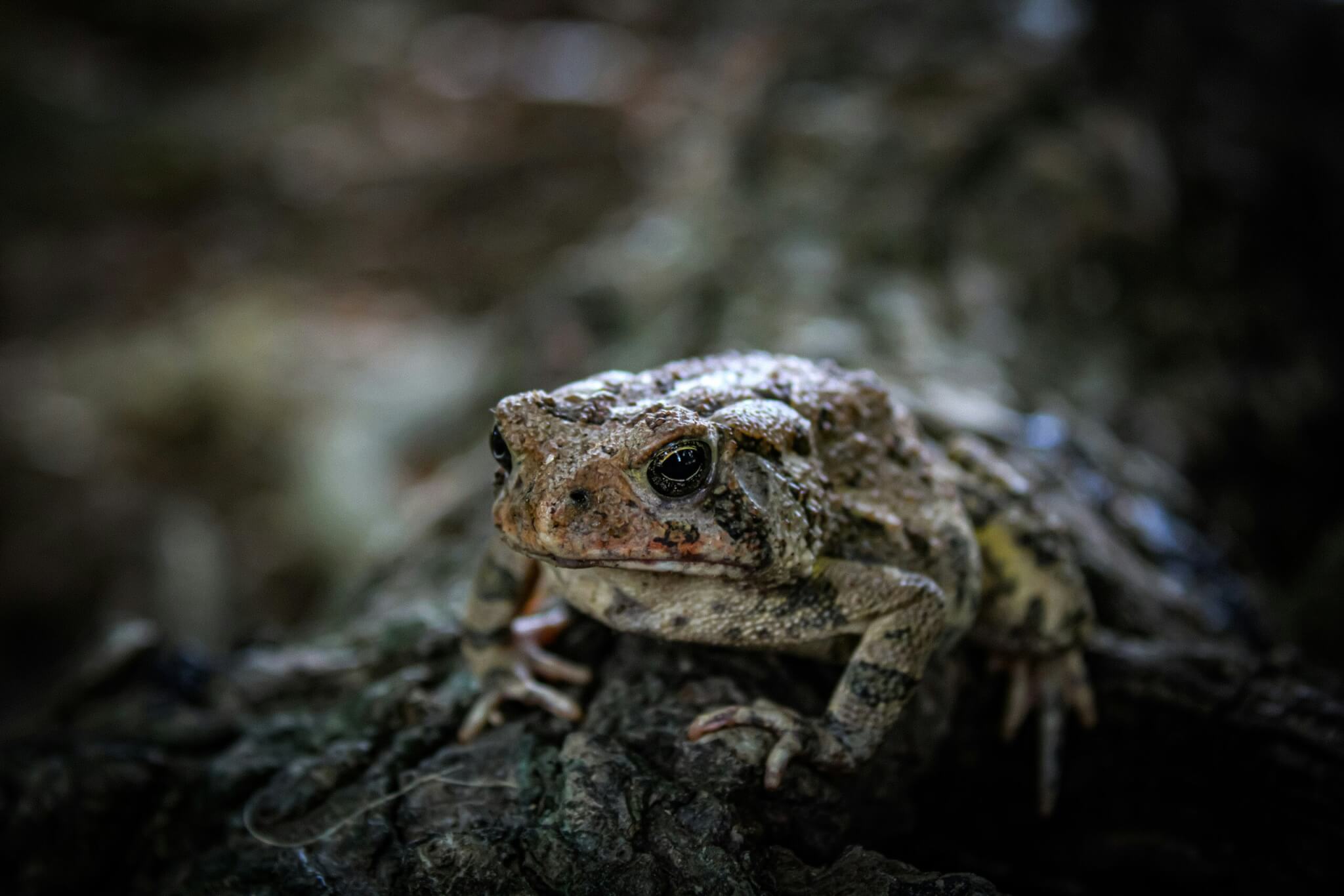Sweetcorn is one of the few crops you don’t have to bend down to pick, so we like to make the season as long as possible. When I bought our farm in France, I couldn’t believe the height and vigour of the closely-related maize grown to feed cows in the region; both sweetcorn and maize have a slightly different way of photosynthesising compared to most plants, and it becomes more efficient when the weather is warmer. As temperatures climb above 20°C you can see the maize changing gear and taking off, while the nearby grass starts to wither. It’s a great crop for France; I’m less convinced about growing it in the UK where it needs a lot of nursing, and its late readiness for harvest can lead to soil erosion through the use of heavy machinery on wet ground.
Maize’s cousin sweetcorn lacks some of that vigour, particularly as seedlings when their high sugar content makes them more susceptible to fungal attack, but the crop still does very well on our farm in the Vendée. Sown in March and brought on under crop covers, we started picking last week and will be finished well before the UK crop starts in late August. Picking has been slowed by the need to inspect each cob for the grubs of corn borer (laid by a butterfly) and corn earworm (laid by a moth); neither has ever bothered us in the UK but they thrive in the warmer conditions in France. We get some degree of control by introducing a micro-parasitic wasp called Trichogramma, which lays an egg inside each borer egg. The wasp larvae that hatch then consume the borer eggs from within, before emerging 12-15 days later to mate and repeat the cycle; gruesome, but we love it. Effective control relies on monitoring butterfly numbers and getting the timing of wasp releases right.
As some of you may have noticed last week, control is not perfect; where we spot infestation we trim off the damaged tip, but the only way to be 100% sure is to strip the husks from every cob and wrap them in plastic as the supermarkets do. If you get a bad cob and feel aggrieved, let us know and we will replace or refund. Meanwhile, should you tire of the simplicity of corn-on-the-cob, try the sweetcorn fritter recipe on our website; even better with salsa verde made with our tomatillos.












0 Comments